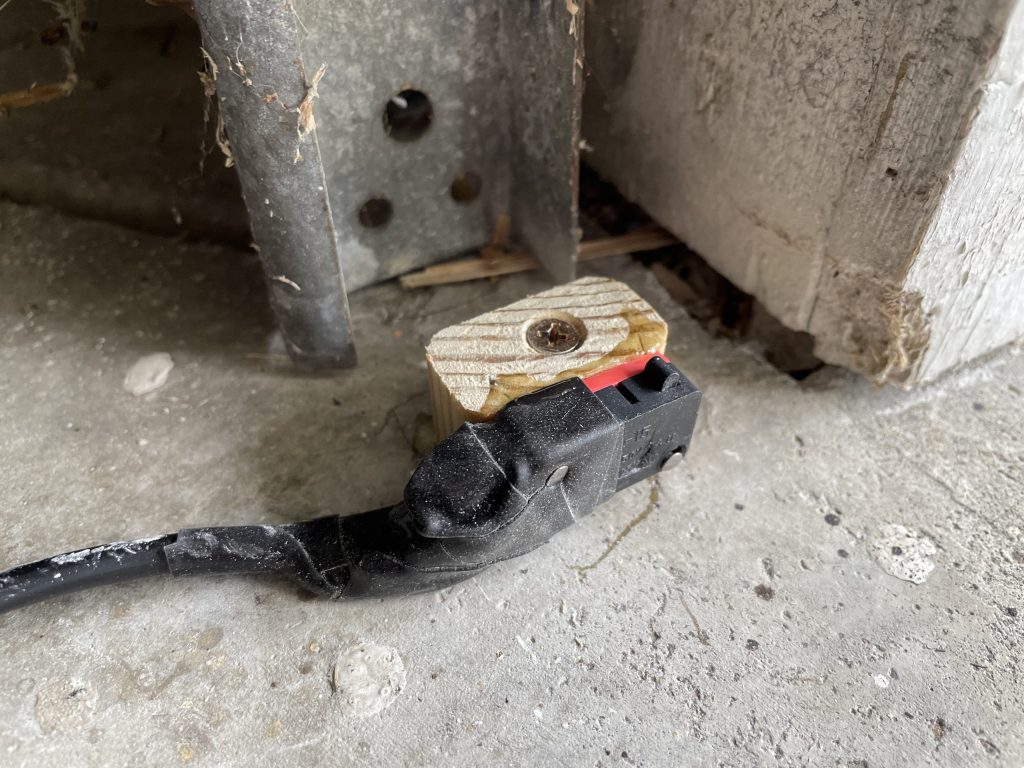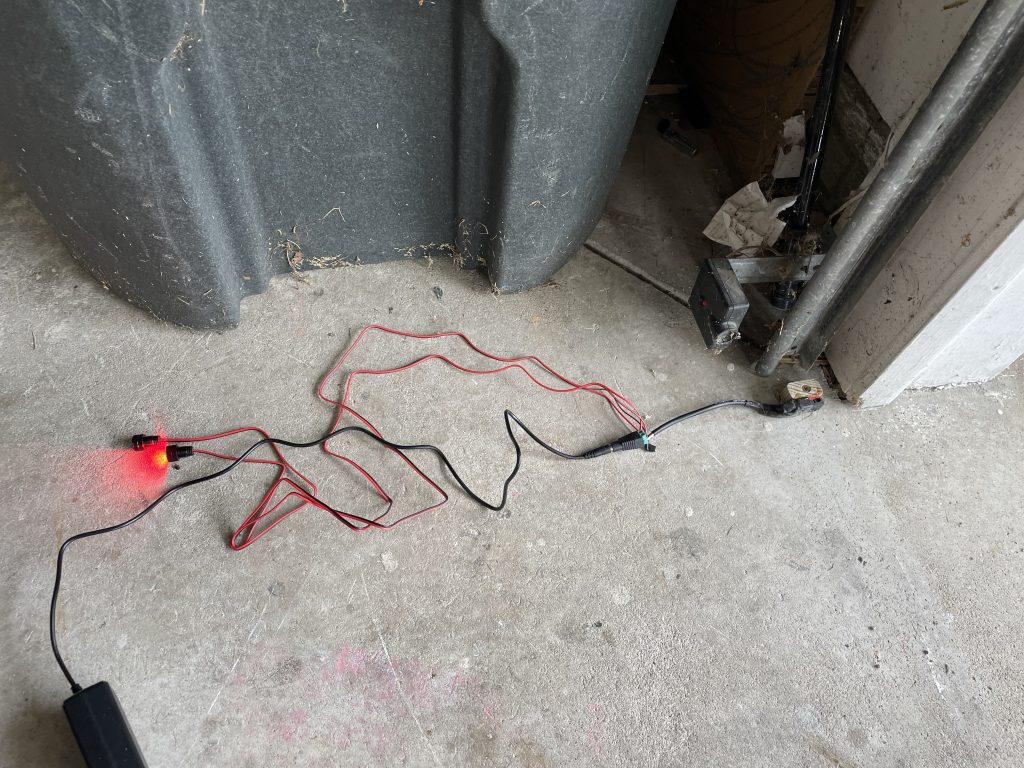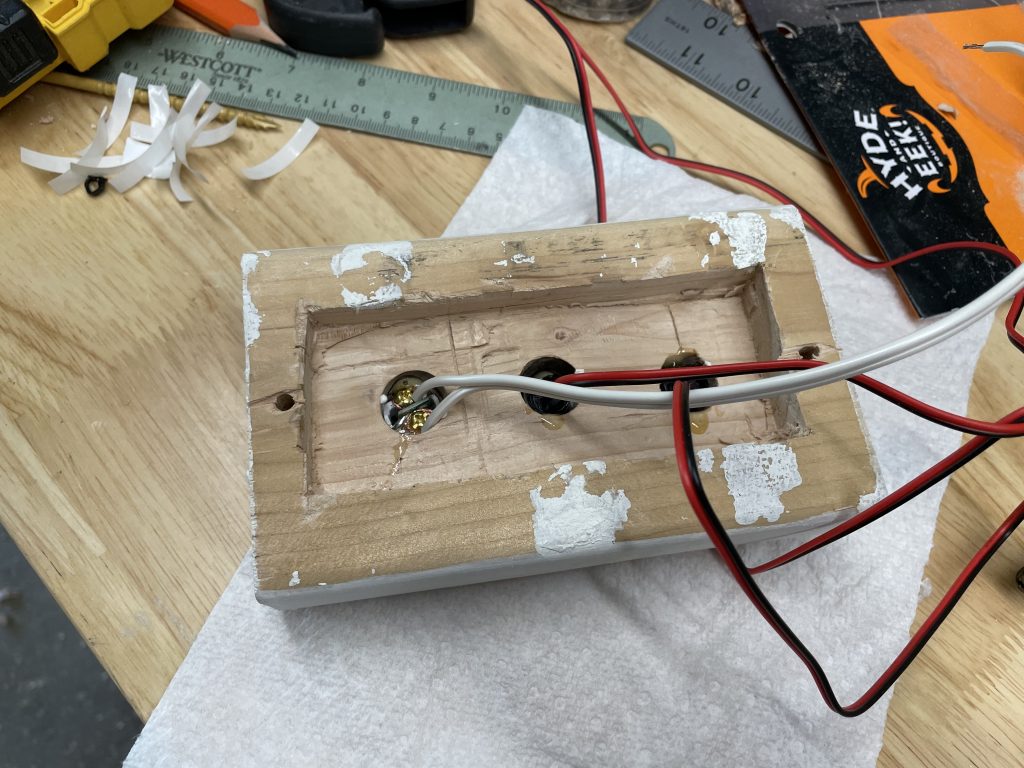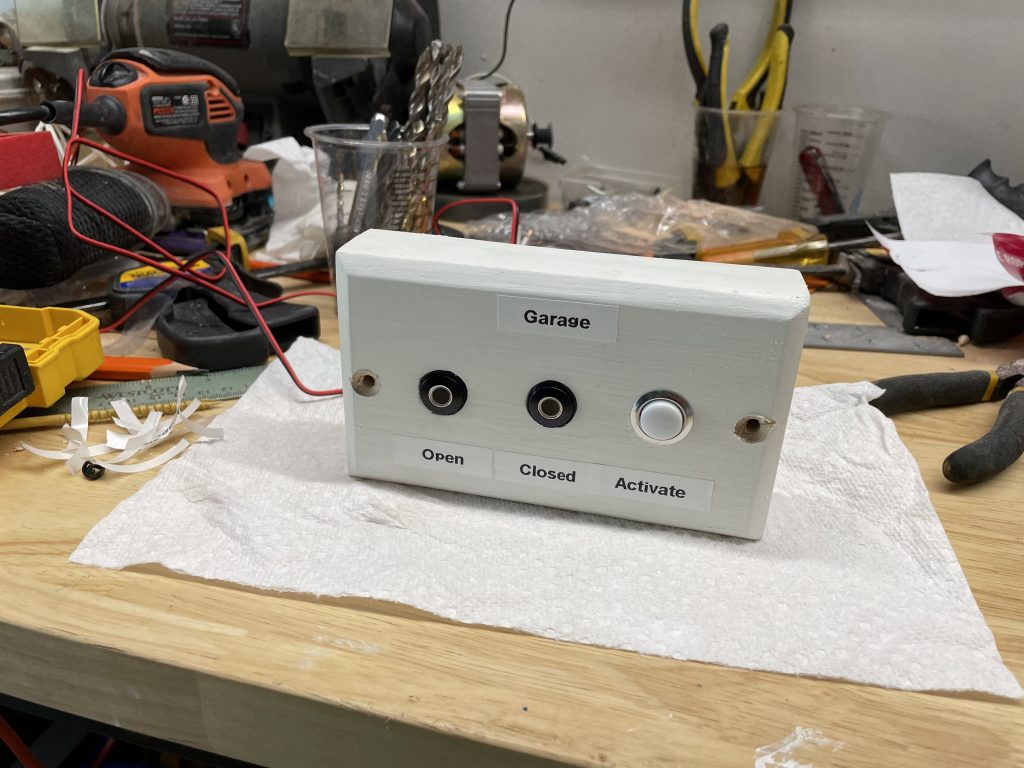Actually the cameras came first.
Security!
And if your OCD requires that doors be checked multiple times before retiring, then why not make the task easier (instead of, you know, seeking therapy)?
Enter the garage door. Actually no, don’t go in my garage–that’s the point here. The garage door, when open, is a rather large access point to my home, and so confirming its closure is standard operating procedure for nightly lockdown. And how is such verification generally completed when it’s not viewable from inside? Why, by opening a door and peering out. So inefficient, and doesn’t pair well with multiple checks. Also it isn’t properly nerdy. Surely someone had invented a product to make the task easier.
And someone had indeed: wireless smart monitors. Translation: gadgets with unknown development histories comprised of forked open-source Linux software and limited pen-testing, which they want me to attached to my internal LAN, and link to my phone with more questionable software, that requires me to make an account with my personal info so they can send me targeted marketing. Create network security holes in an attempt to increase physical security? No thanks. All I wanted was a light.
This was going to have to be DIY.

In true Agile fashion, here were the MVP requirements:
- A light inside the house to indicate garage door closure.
- A default status of “not closed”, to send false negatives rather than positives in the event of mechanical failures.
Some internet digging revealed these handy little microswitches:
https://www.amazon.com/dp/B08QVGHGZF?psc=1&ref=ppx_yo2_dt_b_product_details
They’re 2 circuit switches where a spring contact controls which neutral return wire is engaged. The sprint sets one mode as the default until the button is pressed. So in my case, when the door closes and engages the button, that will be my closure circuit. If there’s no pressure on the button, that’s the default open mode.

As for the lights, well, that required more research than I expected. LED lights, in their singular form, seem to be circuit-board project related. That was somewhat beyond the level of effort I wished to expend, so I eventually settled on some “motorcycle accent lights”. Yes, those kind of douche beacons. A big price to pay for the inevitable douche-related marketing suggestions Amazon will no doubt throw me in the future.

The upside to the douche lights is that it made their power requirements predictable and easy to find: 12v DC. Power supplies were readily available.
Running wire was a non-issue as I’m rather accustomed to that task. All that was left was figuring out a mounting setup for the lights. I had hoped to simply house them in a fogged light fixture, but such a setup would require me to buy a light. So again, this would be full DIY.


I’ll revisit this in the future. Right now this is MVP.

I’m still fussing with light filters and spackling. I’ll get there eventually. But for now, my OCD is slightly alleviated with a soothing green glow.
–Simon
